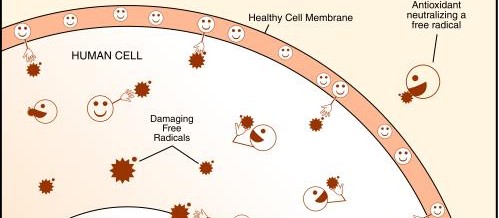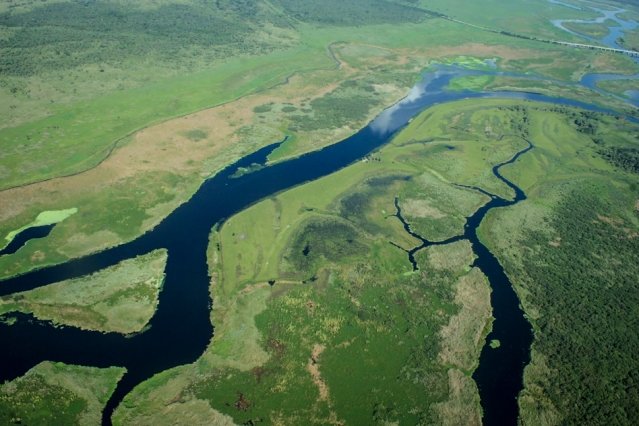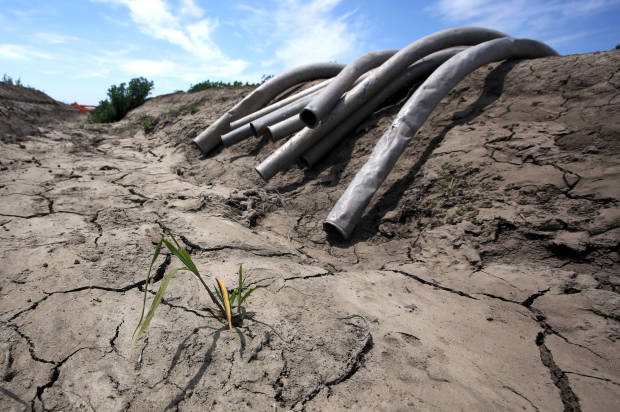But the following all contain water (clever that), so is it a conundrum? Water is found in most liquids, antioxidants are found in some of those liquids so whereas an antioxidant can be water, water can’t be an antioxidant. Excuse me, I have to sit down, my brain is hurting. (Clearly, not enough water). Okay. So, not a conundrum, it’s something else. Moving swiftly along!
What are antioxidants?
Antioxidants are phytochemicals, chemicals found in plant foods. In our bodies, antioxidants protect healthy tissues from “oxidants,” also called free radicals. Over time, free radicals can damage cells and cause disease. Antioxidants are like microscopic police officers who seize these bad guys that plan to harm our cells. Read more






